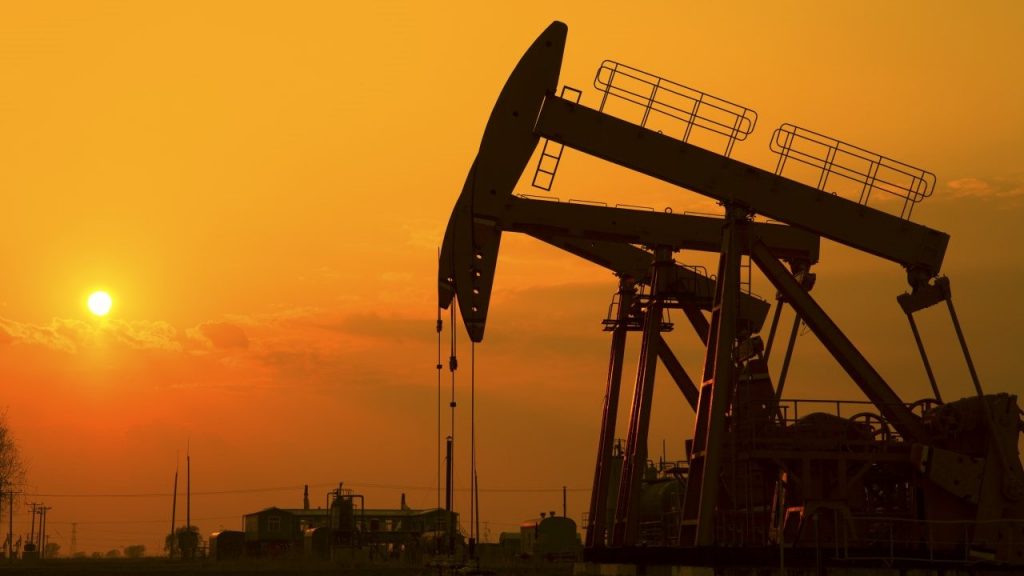India should stick to its position that further investment in developing and extracting oil and gas resources is needed in tandem with the exploration of carbon-free alternatives at the upcoming global COP28 climate change summit in the UAE, Petroleum Ministry officials said. This stance has been part of the Ministry’s recommendations to inter-ministerial consultations on COP28, they said.
According to the International Energy Agency (IEA), India’s share in global oil demand is 5.5 per cent in 2023, much below the United States’ 20 per cent and China’s 16.1 per cent. However, it is rising at a fast clip and is set to hit 6.6 per cent over the next five years. Meanwhile, India’s primary energy demand will more than double to 38.5 million barrels of oil equivalent per day (mboe/d) in 2045, the Organization of the Petroleum Exporting Countries (OPEC) believes.
These figures have been flagged by the Petroleum Ministry in the inter-ministerial meetings, another official said.
The 2023 United Nations Climate Change Conference or Conference of the Parties of the UNFCCC, more commonly referred to as COP28, will be held from November 30 until December 12, 2023, in Dubai, United Arab Emirates. The curbing of further investments in traditional fossil fuels has become a major issue in the past few years. In May 2022, the G7 countries agreed to end taxpayer funding for oil, gas, and coal projects overseas.
Interestingly, India has until now strongly advocated for a phase-down of all fossil fuels, including oil and gas. At COP27, India had pitched to expand the scope of a proposal on the phase-down of coal to all fossil fuels. The same request was made at the recent G20 summit in New Delhi for the group’s carbon emissions phase-down plan. However, the host nation conceded to the requests of major hydrocarbon-producing nations, especially Saudi Arabia, to limit the phase-down to coal.
The government is currently aiming to achieve the target of 1 million square kilometres under exploration by 2030 and reduce the ‘No-Go’ areas in the Indian offshore sedimentary basins by 99 per cent. The Centre has rolled out a series of measures to make oil and gas exploration easier for companies. This includes providing pre-approved clearances of blocks, permitting self-certification to cut the application process, and granting companies the freedom to carve out operational areas from within the blocks.
Case in point, the government is expected to open the 9th round of bidding under the Open Acreage Licensing Policy in November, Business Standard had reported last month.
The 26 blocks earmarked by the Directorate General of Hydrocarbons (DGH) for exploration and development of oil and gas under OALP IX make up the largest area ever offered by the government. At more than 2.2 lakh square kilometres, OALP IX will double the area under exploration and production (E&P) that has been awarded under the previous eight rounds.
Tags: COP27, COP28, Hydrocarbons, IEA, Petroleum Ministry



Recent Posts
New Report Highlights Potential of Voluntary Insetting to Support Maritime Decarbonisation, Calls for Robust Safeguards
Smart Ship Hub achieves industry first with ABS emission reporting
Henkel Rolls Out India’s First Mid-Haul Re-Powered Electric Trucks for Commercial Logistics
Sustainability in Focus at 11th SIAM Automotive Logistics Conclave in New Delhi
L&T Energy GreenTech to Establish India’s Largest Green Hydrogen Plant
JK Srivastava Group and Hynfra Announce $4 Billion Green Ammonia Project in Andhra Pradesh
Andhra Pradesh Unveils Ambitious Green Hydrogen Valley Plan to Lead India’s Energy Transition
South Africa advances plans to decarbonize shipping sector